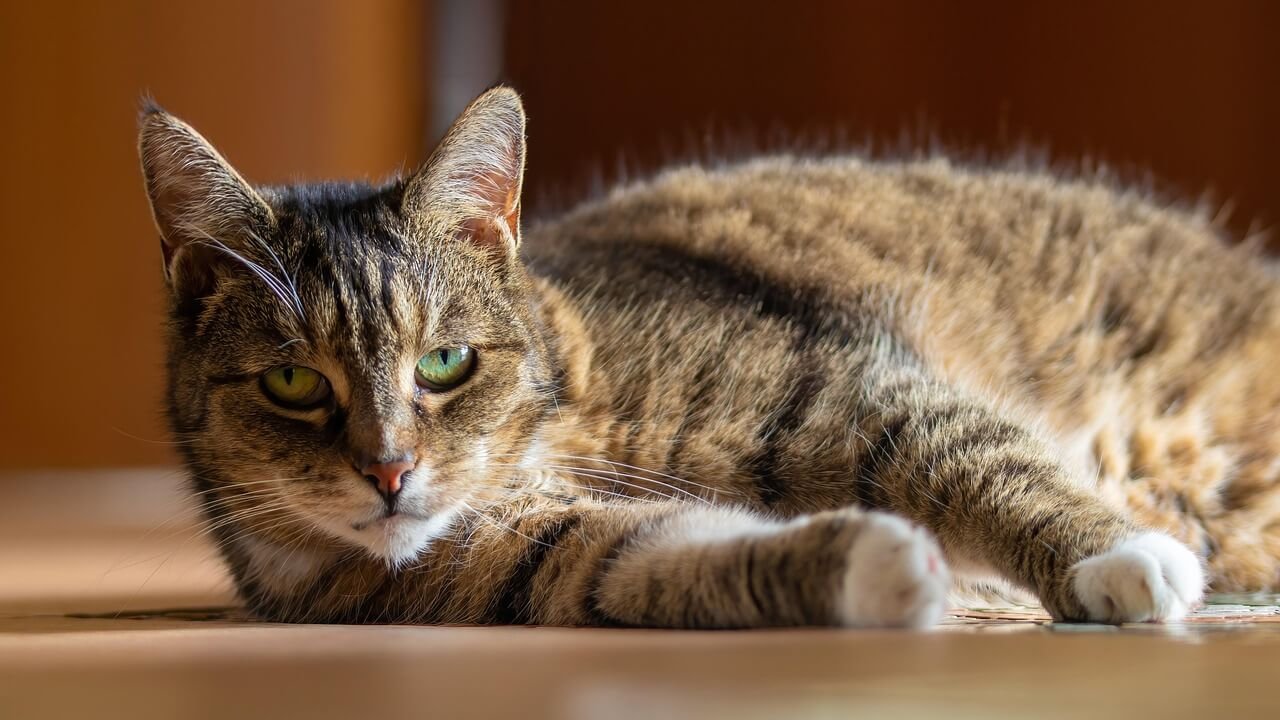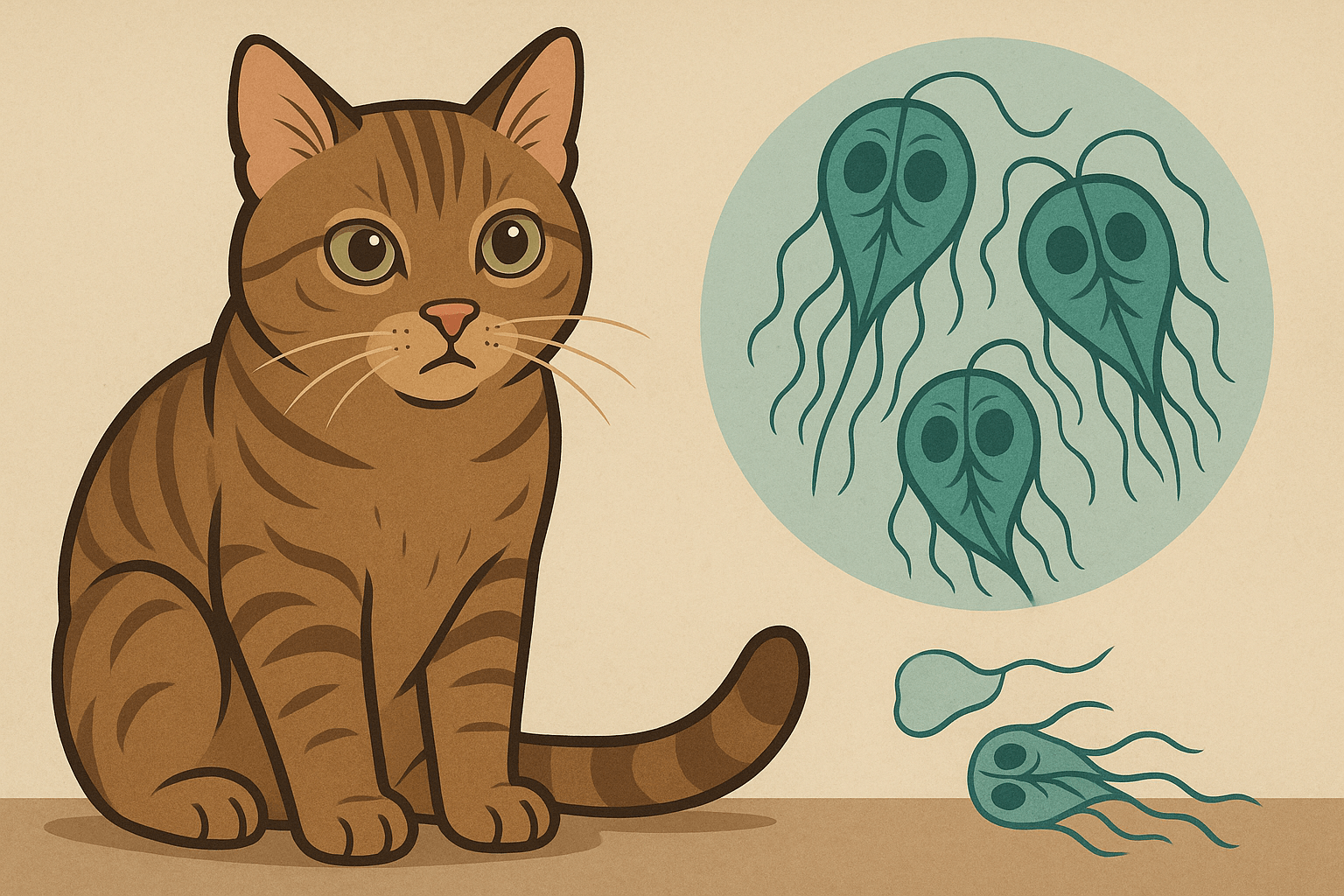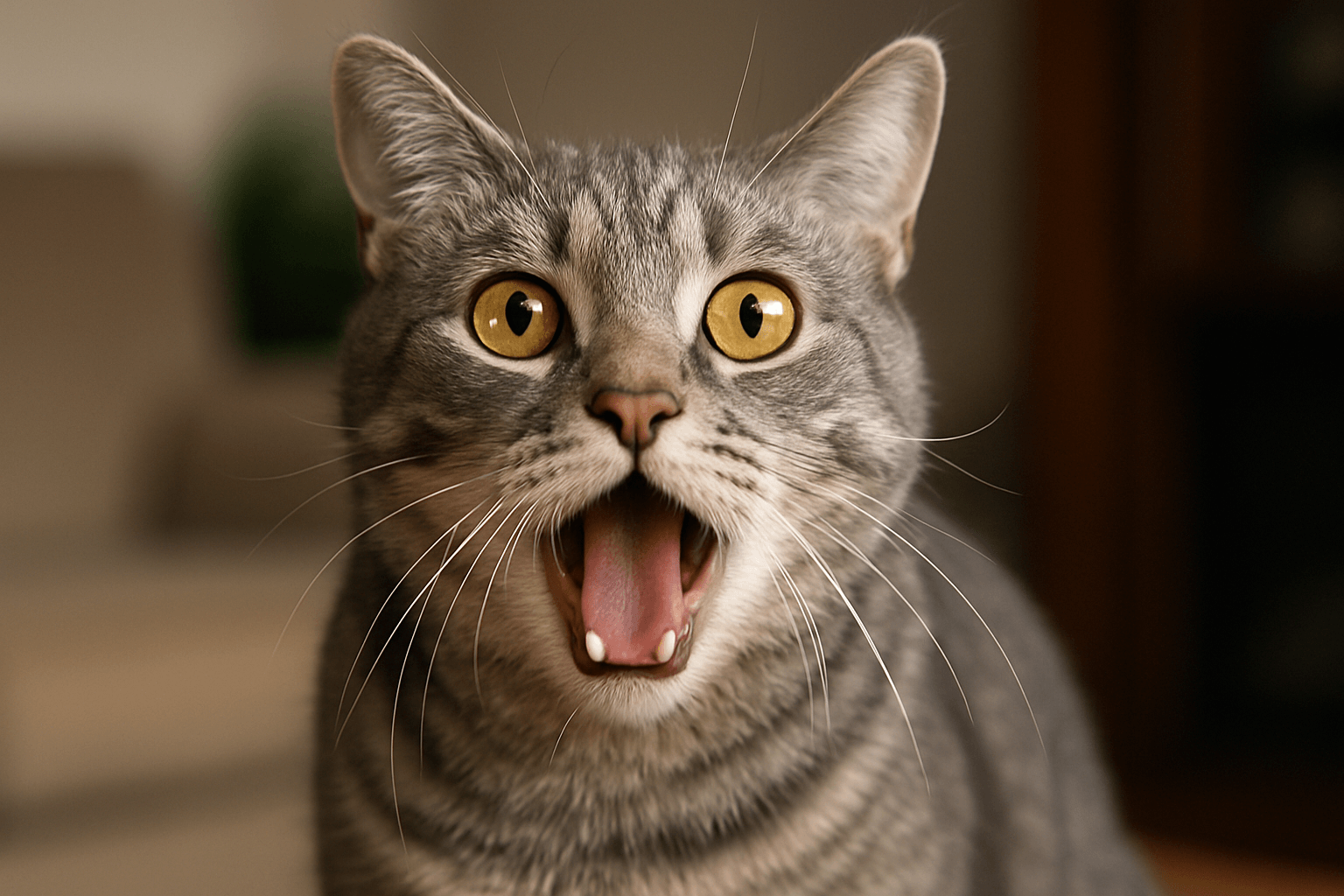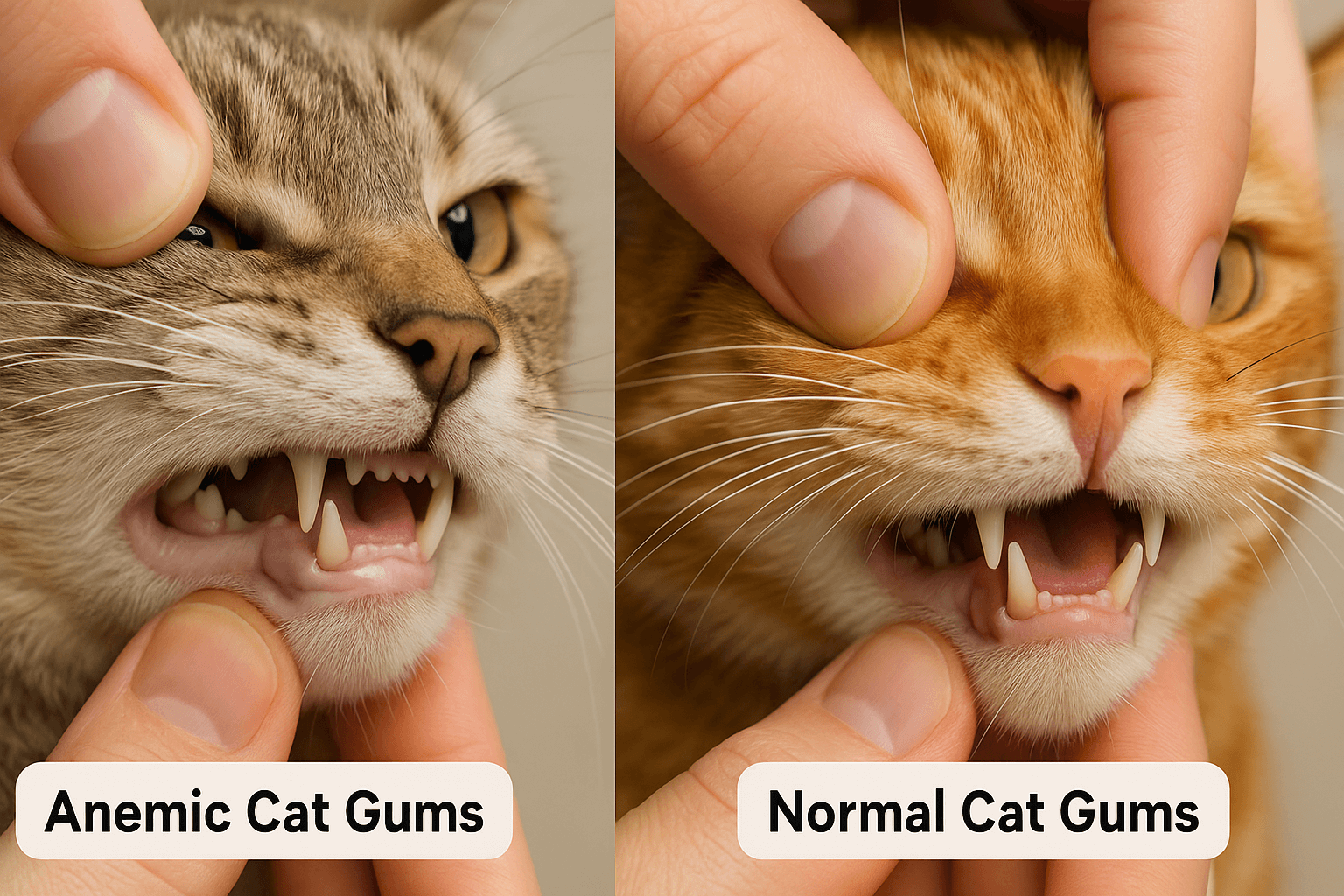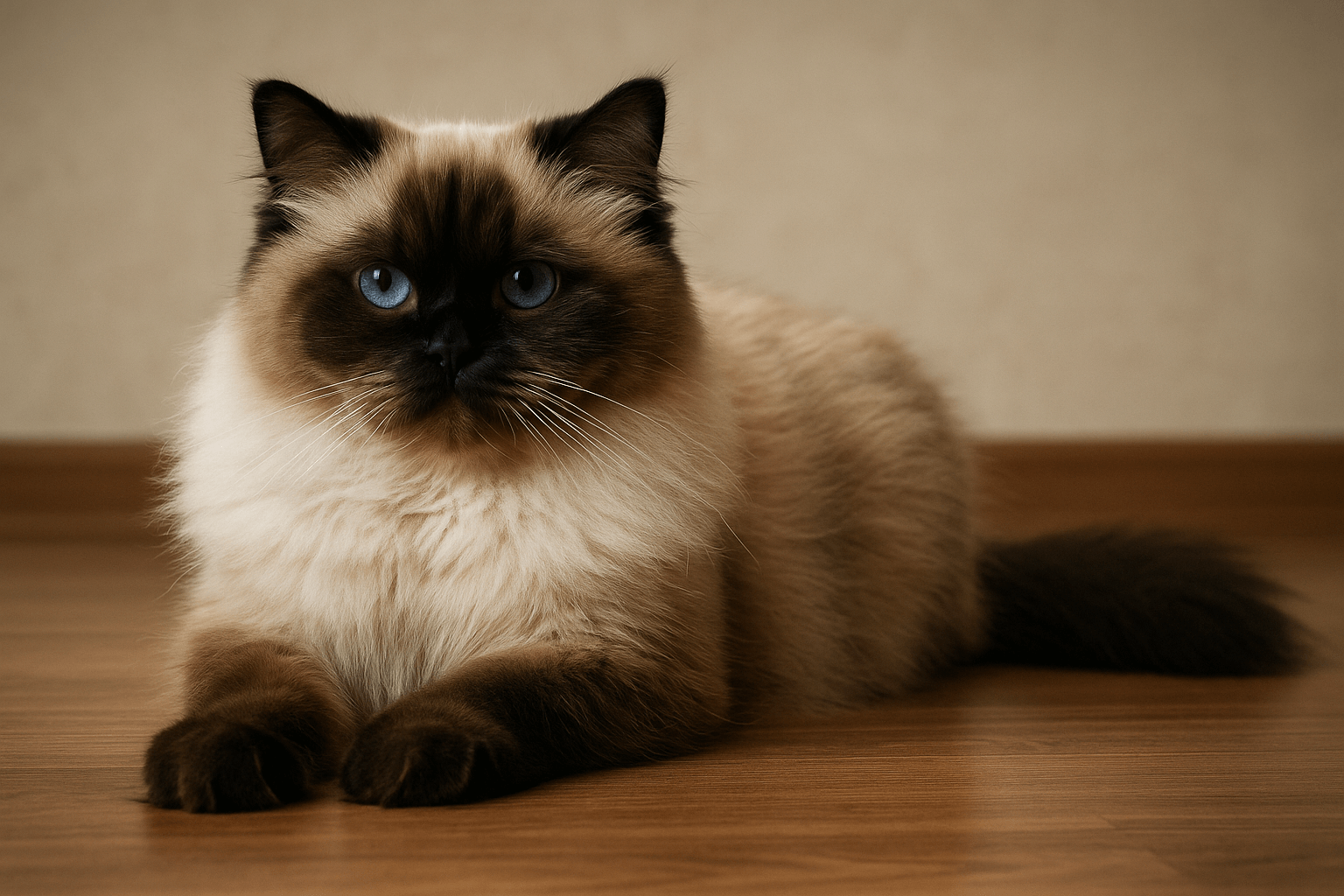Cat Cant Pee: Understanding the Signs, Causes, and Solutions
If your cat is struggling to urinate, it’s not just an inconvenience—it could be a life-threatening emergency. Cats are masters at hiding discomfort, but difficulty urinating is one of those red flags that demand immediate attention. This condition, often referred to as urinary obstruction or feline lower urinary tract disease (FLUTD), can affect both male and female cats but is more common in males due to their narrower urethra. In this guide, we’ll explore why your cat might be unable to pee, how to recognize the symptoms, and what steps you can take to ensure their health and well-being. Quick action and proper care can make all the difference in saving your furry friend.
Signs Your Cat May Be Struggling to Urinate
Cats are subtle communicators, so spotting the signs of urinary issues early is crucial. If your cat is unable to pee, they may exhibit behavioral or physical changes that signal distress. Here are some key symptoms to watch for:
Frequent Trips to the Litter Box :
Your cat may visit the litter box more often but produce little to no urine.Straining or Crying While Urinating :
Vocalizations during attempts to urinate indicate pain or discomfort.Licking Genital Area Excessively :
Over-grooming is a common sign of irritation or blockage in the urinary tract.Blood in Urine :
Discolored or bloody urine is a serious symptom requiring urgent veterinary care.Lethargy or Hiding :
Cats in pain may withdraw, becoming less active or seeking isolation.
These symptoms should never be ignored, as urinary issues can escalate quickly. Early detection and treatment are vital for your cat’s recovery.
What Leads to a Cat Being Unable to Pee?
Several factors can contribute to a cat’s inability to urinate. Understanding these causes can help you prevent future episodes and address underlying health issues. Here are some common culprits:
Urethral Obstruction :
A plug of crystals, mucus, or debris can block the narrow urethra, especially in male cats.Bladder Stones :
Hard mineral deposits in the bladder can irritate tissues and obstruct urine flow.Urinary Tract Infections (UTIs) :
Bacterial infections can inflame the urinary tract, making urination painful or difficult.Stress or Anxiety :
Emotional stress can trigger FLUTD, particularly in sensitive cats.Dietary Factors :
Poor hydration or diets high in certain minerals can increase the risk of urinary issues.
Identifying the root cause is essential for effective treatment. Work closely with your veterinarian to determine the best course of action for your cat.
Check this guide 👉Is Cat Pee Toxic? Best 7 Expert Tips!
Check this guide 👉Why Is My Cat Peeing on My Bed? Best 7 Expert Tips!
Check this guide 👉Understanding Normal Cat Pee Clump Size: Best 7 Tips!
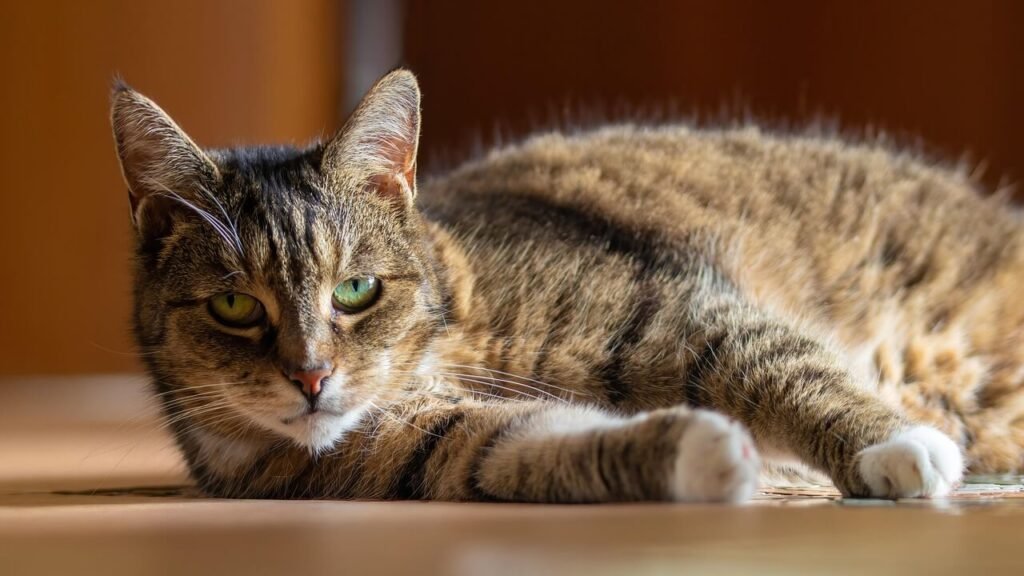
Preventive Measures | Immediate Actions to Take |
|---|---|
Provide fresh water at all times | Rush your cat to the vet if they can’t pee |
Feed a balanced, moisture-rich diet | Keep your cat calm during transport |
Reduce stress through environmental enrichment | Monitor symptoms closely until help arrives |
Schedule regular vet check-ups | Avoid delaying treatment—time is critical |
Encourage exercise and play | Follow all post-treatment care instructions |
Proactive Care: Keeping Your Cat’s Urinary System Healthy
Preventing urinary problems requires a combination of dietary management, environmental adjustments, and regular veterinary care. Here are some practical tips to minimize the risk of recurrence:
Increase Water Intake :
Encourage hydration by offering wet food or using a pet water fountain.Switch to a Veterinary Diet :
Specialized diets formulated for urinary health can reduce crystal formation.Maintain a Stress-Free Environment :
Use calming pheromone diffusers or create safe spaces for your cat.Clean the Litter Box Daily :
A clean litter box encourages regular urination and reduces stress.Schedule Routine Vet Visits :
Regular check-ups can catch potential issues before they become emergencies.
By taking these preventive measures, you can significantly lower the chances of your cat developing urinary problems in the future.
What to Do When Your Cat Can’t Pee: Immediate Steps
If you suspect your cat is unable to urinate, every second counts. Acting quickly can save their life. Here’s what you should do in an emergency situation:
Stay Calm and Reassure Your Cat :
Keep your voice soft and movements gentle to avoid adding to their stress.Contact Your Veterinarian Immediately :
Explain the symptoms clearly and follow their advice on next steps.Prepare for Transport :
Use a secure carrier lined with a soft blanket to keep your cat comfortable.Avoid Attempting Home Remedies :
Never try to treat a urinary blockage yourself—it requires professional intervention.Monitor Your Cat During the Wait :
Watch for worsening symptoms like vomiting or collapse, which require urgent attention.
Prompt action is essential in these situations. Remember, your calm demeanor and quick response can make a world of difference.
Monitoring Progress: How to Know Your Cat Is Improving
After your cat receives treatment for urinary issues, it’s important to monitor their recovery closely. While veterinary care addresses the immediate problem, ongoing observation ensures your cat is healing properly and reduces the risk of recurrence. Here are signs that indicate your cat is on the mend:
Increased Urination :
A steady return to normal urination patterns suggests the blockage has cleared.Improved Appetite :
Eating normally again is a positive sign that your cat feels better.Reduced Licking of Genitals :
Less frequent grooming of the genital area indicates reduced irritation.Return to Normal Behavior :
Engaging in play or seeking affection shows your cat is feeling more like themselves.No Vomiting or Lethargy :
The absence of these symptoms signals your cat’s system is stabilizing.
Keep a close eye on these indicators, but remember to follow up with your vet to confirm full recovery. Early detection of any setbacks can prevent further complications.
Creating a Calmer Space: How to Minimize Stress for Your Cat
Stress is a significant contributor to urinary issues in cats, so creating a peaceful environment is key to prevention. Environmental enrichment helps reduce anxiety and promotes overall well-being. Here are some ways to make your home more cat-friendly:
Provide Vertical Spaces :
Install shelves or cat trees to give your cat a sense of security and territory.Use Calming Products :
Pheromone diffusers or sprays can create a soothing atmosphere.Offer Hiding Spots :
Cozy beds or enclosed spaces allow your cat to retreat when feeling overwhelmed.Maintain a Consistent Routine :
Regular feeding, play, and cleaning schedules provide stability.Limit Loud Noises :
Reducing sudden sounds or disturbances helps keep your cat calm.
By enriching your cat’s environment, you not only reduce stress but also strengthen your bond with them. A relaxed cat is less likely to develop urinary problems.
Feeding for Wellness: How Nutrition Can Support Your Cat’s Urinary System
Diet plays a crucial role in maintaining your cat’s urinary health. Making thoughtful adjustments to what and how they eat can significantly lower the risk of future issues. Here are dietary tips to support your cat’s long-term well-being:
Increase Moisture Content :
Wet food or adding water to dry kibble encourages hydration and dilutes urine.Choose High-Quality Proteins :
Opt for diets rich in animal-based proteins, which are easier for cats to digest.Avoid Excess Minerals :
Limit foods high in magnesium, phosphorus, and calcium, which can contribute to crystal formation.Consider Prescription Diets :
Veterinary-recommended urinary formulas are designed to prevent blockages.Encourage Water Consumption :
Place multiple water bowls around the house or use a pet fountain to entice drinking.
A balanced diet tailored to your cat’s needs can go a long way in preventing urinary issues. Always consult your vet before making significant changes to your cat’s nutrition plan.
Frequently Asked Questions About Cats Unable to Pee
How long can a cat survive without being able to pee?
Without treatment, a blocked cat can deteriorate within 24–48 hours, leading to kidney failure or death.
Are male cats more prone to urinary blockages than females?
Yes, male cats have narrower urethras, making them more susceptible to obstructions.
Can stress really cause urinary issues in cats?
Absolutely—stress can trigger FLUTD, especially in sensitive or anxious cats.
What foods help prevent urinary problems in cats?
Moisture-rich diets and veterinary-formulated urinary care foods are highly recommended.
Is surgery necessary for a urinary blockage?
In severe cases, surgery may be required to remove blockages or widen the urethra.
Final Thoughts: Prioritizing Your Cat’s Health
A cat unable to pee is a medical emergency that requires swift action and professional care. By understanding the symptoms, causes, and preventive measures, you can protect your feline companion from the dangers of urinary blockages. Remember, your vigilance and proactive approach play a crucial role in ensuring your cat’s long-term health and happiness. Whether it’s providing fresh water, maintaining a stress-free environment, or scheduling regular vet visits, every step you take contributes to their well-being. Your cat relies on you to advocate for their health—be their hero when they need it most.
Giardia in Cats: Best 7 Expert Tips! Discover expert advice on identifying, treating, and preventing giardia in cats to ensure your feline stays happy and healthy.
Cat Hyperventilating: Best 7 Expert Tips! Discover signs, causes, and solutions for cat hyperventilation. Learn how to calm your cat and when to seek veterinary care for their breathing issues.
Anemic Cat Gums vs Normal: Best 7 Expert Tips! Learn to spot signs of anemia in cats, understand gum health, and ensure your feline stays happy and healthy with expert advice.
Himalayan Cat Size: Best 7 Expert Tips! Discover expert advice on Himalayan cat size, growth factors, care tips, and how to ensure your feline stays healthy and happy.

